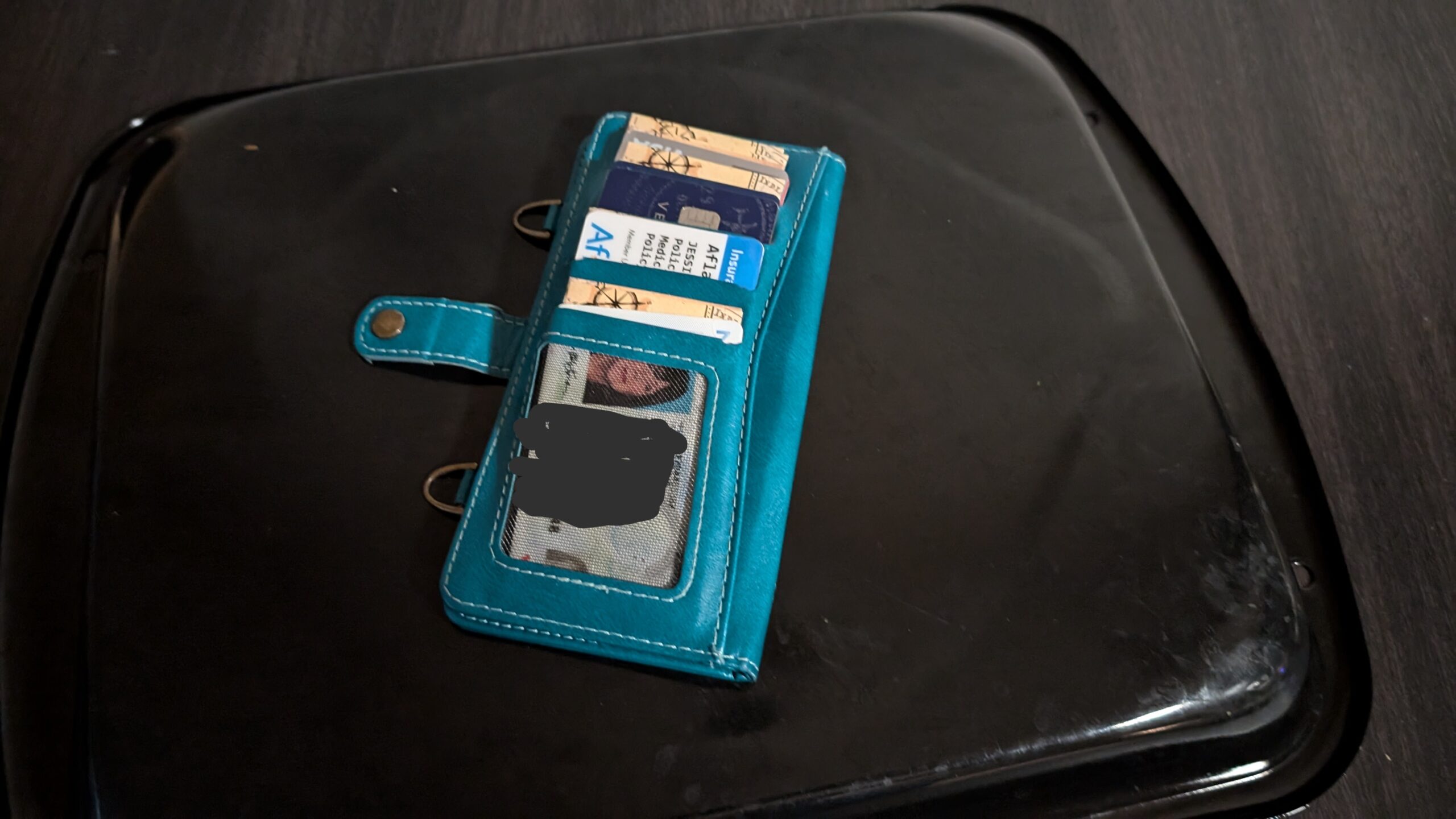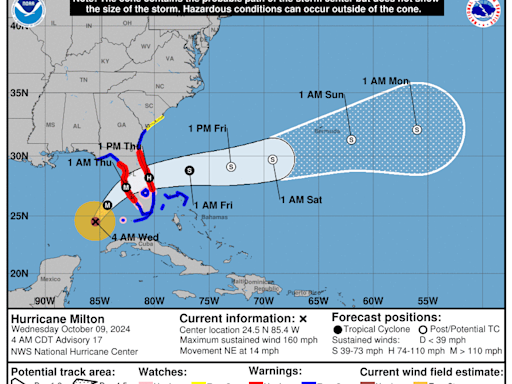
Ten years ago, while we were staying on the island of Maui, Hawaii, we had the delightful opportunity to visit the enchanting town of Lahaina. Like most tourists, our mouths were agape at this special place’s quaint and charming essence, with shops, restaurants, and historically exciting venues lining the streets along an exquisite boardwalk with crystal blue waters.
“Lahaina, city, Maui county, on the northwest coast of Maui island, Hawaii, U.S. Extending for 2 miles (3 km) along the leeward (southern) shore, the city is backed by volcanic peaks culminating in Puu Kukui (5,788 feet [1,764 metres]) and sheltered by thick groves of coconut palms.
Originally a tiny fishing village, Lahaina (Hawaiian: “Cruel Sun”) was chosen as the royal capital in 1820 by King Kamehameha II. It remained the capital until 1845, when Honolulu, on Oahu island, replaced it in that role. The Wainee Church Cemetery is sacred to islanders as a burial place of Hawaiian monarchs. Lahaina Roadstead, on the Auau Channel, was a favorite anchorage of Pacific whaling fleets, and in 1840, a lighthouse (Hawaii’s oldest) was built to assist the whaling ships.
The stone prison of Hale Paahao, built by missionaries in 1851, was constructed to hold drunken and disorderly sailors. Lahainaluna High School (1831) is also a relic of missionary days, and on its campus, Hawaii’s first newspaper, Ka Lama Hawaii (“The Torch of Hawaii”), was published in 1834.
Pineapple canning and sugar refining were long Lahaina’s economic mainstays, but they suffered declines in the late 20th century. Tourism is now a leading industry. At the centre of the city is a historic banyan tree planted in 1873 and claimed to be the largest in the islands. The Whalers Village Museum, located within a shopping complex, contains displays of the city’s whaling history as well as more than 70 species of whales. The Olowalu petroglyphs, 5 miles (8 km) east, are rock carvings (some thought to be more than 300 years old) that depict occupations of the early Hawaiians.
In August 2023, a series of wildfires broke out on the island of Maui, one of which struck Lahaina. More than 100 people died, and much of the town was damaged or destroyed. Pop. (2010) 11,704; (2020) 12,702.”
The exquisite venues were destroyed, including those we visited during that blissful time we spent in Maui. Here is a link to
“Where Are They Now” with details about the shops and restaurants’ plans to return or not.
It’s easy to recall the days we walked through the village, reveling in its wonders. Not much for shopping, it was still enchanting to imagine purchasing some of the expensive artwork and home decor, along with clothing, accessories, and jewelry, formerly in abundance in the area.
We dined at the delicious and bountiful “Cheeseburger in Paradise” in Lahaina, which is now destroyed by the fire that had the best and most enormous hamburgers in the land and the most delicious Cobb Salad I’ve had anywhere in the world. Hopefully, someday, it, too, will be rebuilt. There’s another such restaurant in Waikiki Beach in Oahu, Hawaii, which we will visit when and if we can return.
We hope to return to Maui, Hawaii, someday when Lahaina is rebuilt to its historic charm. We pray for those who lost loved ones during the horrific fire and for those homeowners and business owners who lost all that they loved and treasured.
Be well.
Photo from ten years ago today, October 27, 2014:
 |
| Lava flowed from Mount Kilauea while we were near this location while staying in Pahoa, Big Island. (Not our photo). For more, please click here. |






















